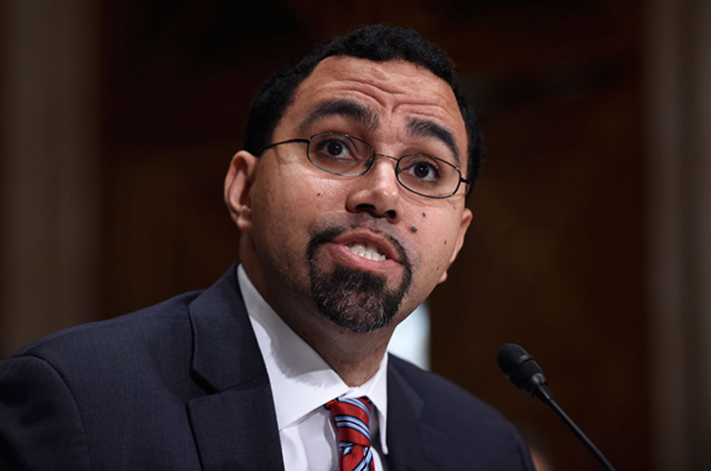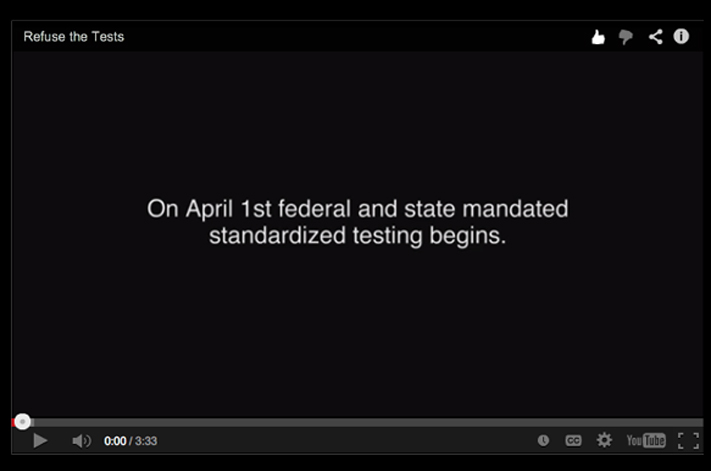Project Description
Common Core State Standards Overview
During the Nixon years, Education Commissioner Sydney Marland, Junior submitted that there was a need for career education. The thought was if we trained our children well and prepared them for a vocation then “student rebellion” and “delinquency” would subside. In his Report Marland was the first to formally give voice to the conservative cry for the use of behavioral psychology in education. It was stated that a renewed emphasis on the power of the educational expert was vital. At the time, it was believed that the spread of accountability standards and testing would guide the American education ship and ultimately stabilize society. Former Associate Commissioner of Education in the U.S. Office of Education, Leon M. Lessinger, in 1974 accentuated the plea in his call for contingency rewards. Policies were put in place. However, these did not prove to be a panacea.
In little more than a decade Americans saw a greater decline. As noted earlier, by 1983, the National Commission on Excellence in Education deemed our nation’s schools were failing. Hence, another wave took hold. Local, State, and Federal initiatives would now lead the way. Again, the attempt was to turn the tide. Indeed, a tidal wave followed.
In 1996, the nation’s governors and corporate leaders founded Achieve, Incorporated as a bi-partisan organization. The goal was to raise academic standards, graduation requirements, improve assessments, and strengthen accountability in all 50 states. The initial motivation for the development of the Common Core State Standards was part of the American Diploma Project (ADP). Further study from within resulted in a report titled, “Ready or Not: Creating a High School Diploma That Counts,” 2004. The conclusion was that both employers and colleges are demanding more of high school graduates than in the past. According to Achieve, Inc., “current high-school exit expectations fall well short of [employer and college] demands. It was concluded that graduates were not provided the skills and knowledge needed to succeed. Officially, the word was “While students and their parents may still believe that the diploma reflects adequate preparation for the intellectual demands of adult life, in reality it falls far short of this common-sense goal.” (page 1).
All the while, the thought was that if all citizens were to be successful then uniformly there must be a common core of knowledge. Thus the “Accountability Movement” began in the United States. In retrospect, people from every political persuasion question the wisdom of the original premise. Was the paradigm flawed, or are the policies as enacted the problem? Today, people wonder whether or not, as a nation, we too easily accepted a national standard, and mistakenly believed that a common core curriculum might offer equity, an equal education for all. Is the trouble with testing, high-stakes standards, standards at all, or …might the possibilities be as vast as the population is wide. Nonetheless, the National Governors Association moved forward and worked to establish curriculum standards in the areas of literacy and mathematics instruction.
Announced on June 1, 2009, the Common Core State Standards were officially delivered to the nation-at-large. In truth, the concept was introduced just over forty years ago in 1971. As a country we crept closer to what we see today. [This Introduction to Common Core State Standards presents the history.] The stated purpose is to “provide a consistent, clear understanding of what students are expected to learn, so teachers and parents know what they need to do to help them.” However, as is often true, unsolicited help [directives and guidance] is not welcome, nor is the notion that a national standard might best serve every single child. Thus, the debate continues.
The topic, CCSS, is not a simple one. Nor is there one Standard, Common, or universal point of view. Educators disagree. Does the program have value? Is there a price to pay, and if so, who bears the brunt of the costs?
Overview pages present a collection of essays from various sources. Attributions to the Authors or Organization accompany the research and the text. EmpathyEducates offers the original sources and frequently, a full content complementary edition.
References and Resources…
- Common Core State Standards Initiative
- Marland Report [1971]
- Education of the Gifted and Talented – Volume 1: Report to the Congress of the United States by the U. S. Commissioner of Education.
- “Ready or Not: Creating a High School Diploma That Counts,” 2004.
- A Nation At Risk: The Imperative For Educational Reform. The Commission on Excellence in Education. 1983
- The Evolving Accountability Movement. By Allan C. Ornstein











